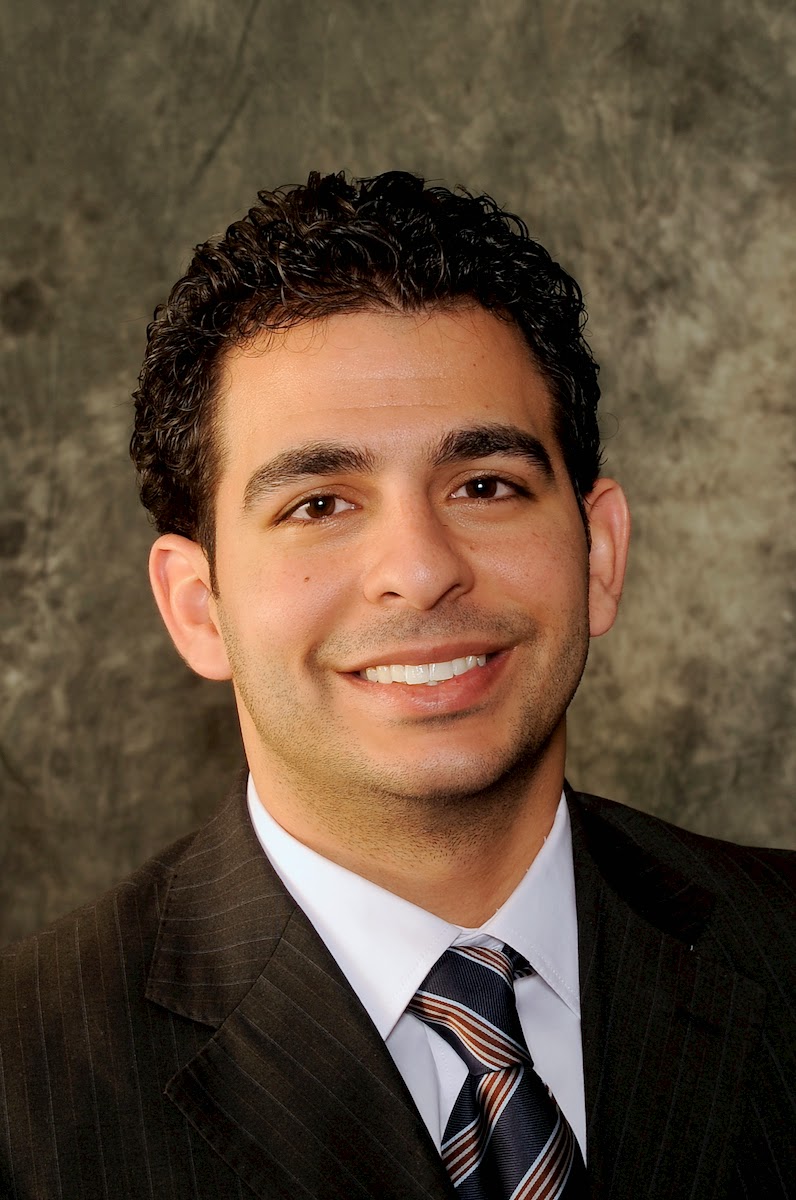Fluoride and Children
In February, the American Dental Association updated its recommendation to caregivers of young children. The old recommendation was using water to brush the teeth of children younger than 2 years old and to brush the teeth of children 2 to 6 years old with a pea-size amount of fluoride toothpaste.
The Council on Scientific Affairs (CSA) is updating its guidance to caregivers that they should brush their children’s teeth with fluoride toothpaste as soon as the first tooth comes in. To help prevent children’s tooth decay, the CSA recommends that caregivers use a smear of fluoride toothpaste (or an amount about the size of a grain of rice) for children younger than 3 years old and a pea-size amount of fluoride toothpaste for children 3 to 6 years old.
The new guidance is intended to provide children with the full benefit of cavity protection while limiting their risk of developing fluorosis, which is a mild discoloration of teeth usually appearing as faint lines. Based on a systematic review of the evidence, CSA concluded that using just a "smear" of toothpaste for children younger than 3 years old and a pea-size amount for children 3 to 6 years helps prevent cavities and is less likely to cause fluorosis. Children should spit out toothpaste as soon as they are old enough to do so.
Dental decay is the most common chronic childhood disease with more than 16 million children suffering from untreated tooth decay in the U.S, according to the U.S. Centers for Disease Control. Oral disease causes children to miss 51 million school hours and their parents to lose 25 million work hours annually. Additionally, oral disease disproportionately affects children from low-income families and these children have almost twice the number of decayed teeth that have not been treated by a dentist as compared to others in the general population.
As soon as your child’s first tooth appears, it’s time to schedule a dental visit. The ADA recommends that the first dental visit take place within six months after the first tooth appears, but no later than a child’s first birthday. Don’t wait for them to start school or until there's an emergency. Get your child comfortable today with good mouth healthy habits.
The Council on Scientific Affairs (CSA) is updating its guidance to caregivers that they should brush their children’s teeth with fluoride toothpaste as soon as the first tooth comes in. To help prevent children’s tooth decay, the CSA recommends that caregivers use a smear of fluoride toothpaste (or an amount about the size of a grain of rice) for children younger than 3 years old and a pea-size amount of fluoride toothpaste for children 3 to 6 years old.
The new guidance is intended to provide children with the full benefit of cavity protection while limiting their risk of developing fluorosis, which is a mild discoloration of teeth usually appearing as faint lines. Based on a systematic review of the evidence, CSA concluded that using just a "smear" of toothpaste for children younger than 3 years old and a pea-size amount for children 3 to 6 years helps prevent cavities and is less likely to cause fluorosis. Children should spit out toothpaste as soon as they are old enough to do so.
Dental decay is the most common chronic childhood disease with more than 16 million children suffering from untreated tooth decay in the U.S, according to the U.S. Centers for Disease Control. Oral disease causes children to miss 51 million school hours and their parents to lose 25 million work hours annually. Additionally, oral disease disproportionately affects children from low-income families and these children have almost twice the number of decayed teeth that have not been treated by a dentist as compared to others in the general population.
As soon as your child’s first tooth appears, it’s time to schedule a dental visit. The ADA recommends that the first dental visit take place within six months after the first tooth appears, but no later than a child’s first birthday. Don’t wait for them to start school or until there's an emergency. Get your child comfortable today with good mouth healthy habits.




Comments
Post a Comment